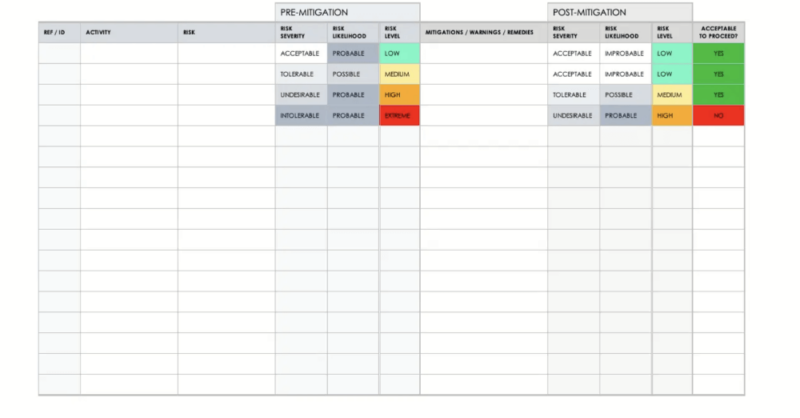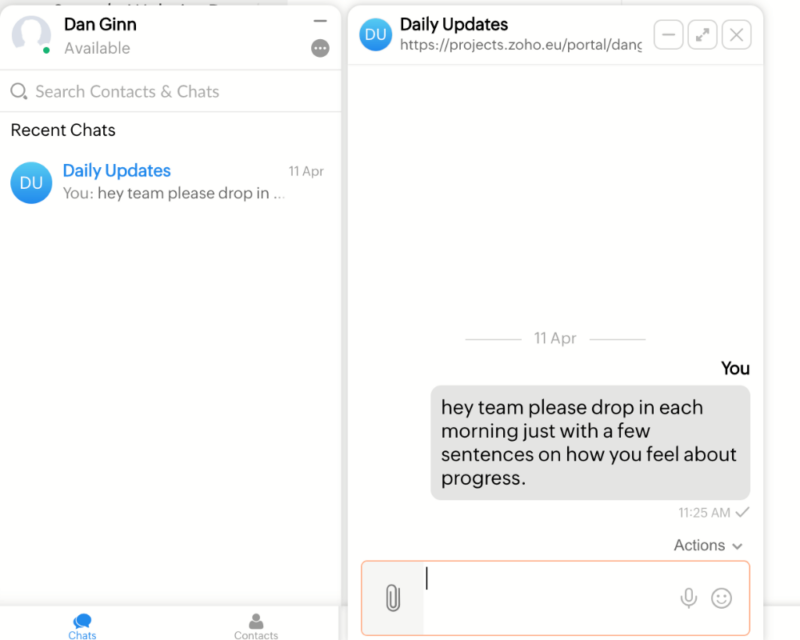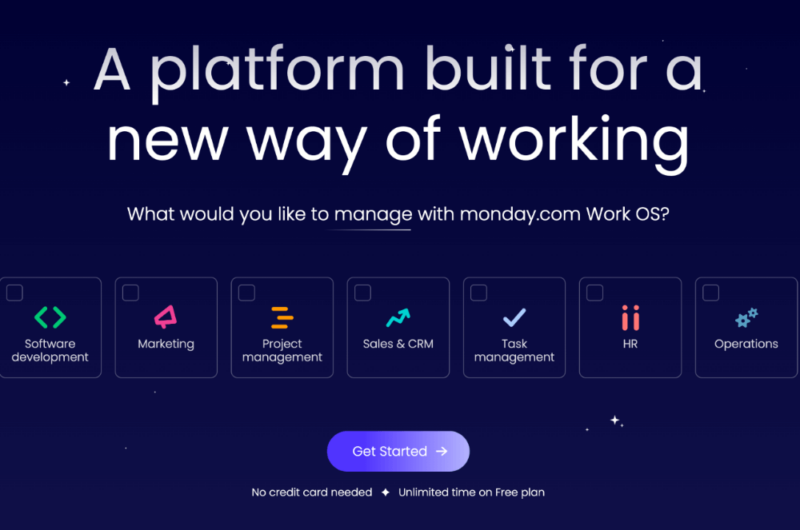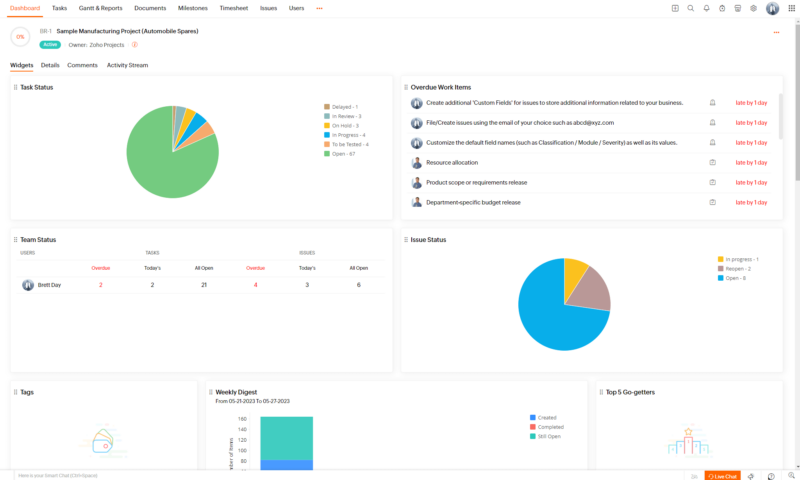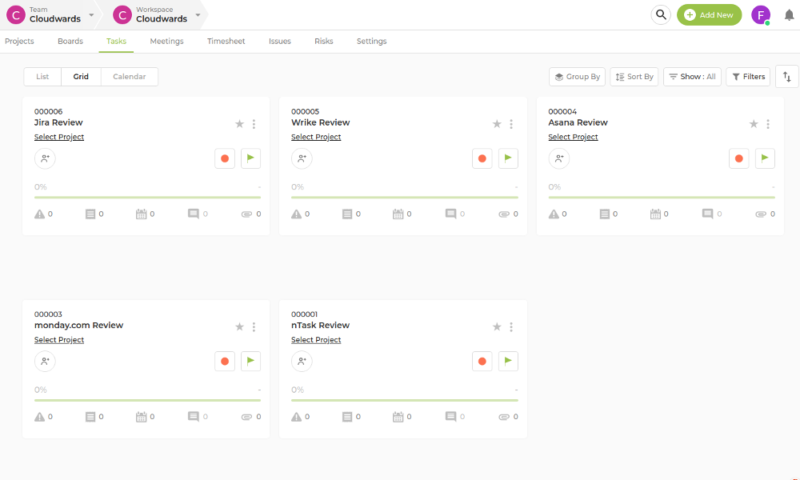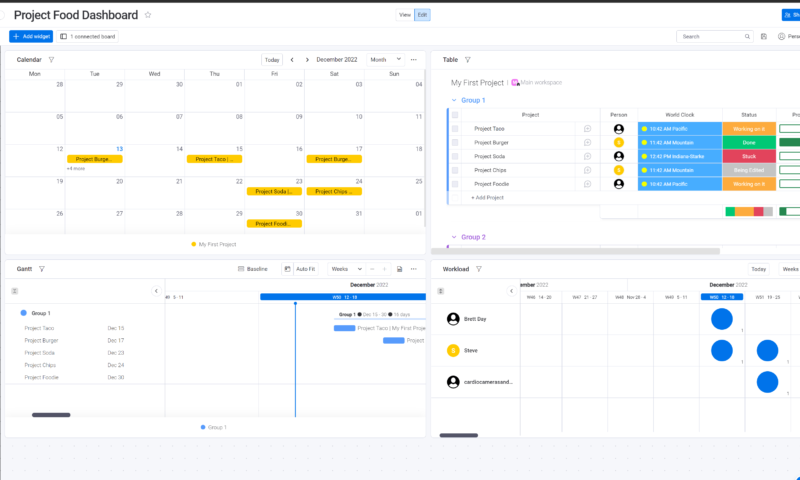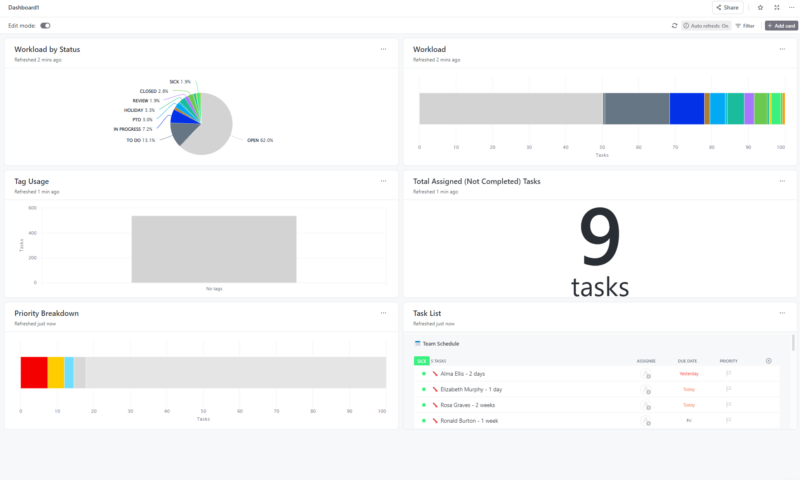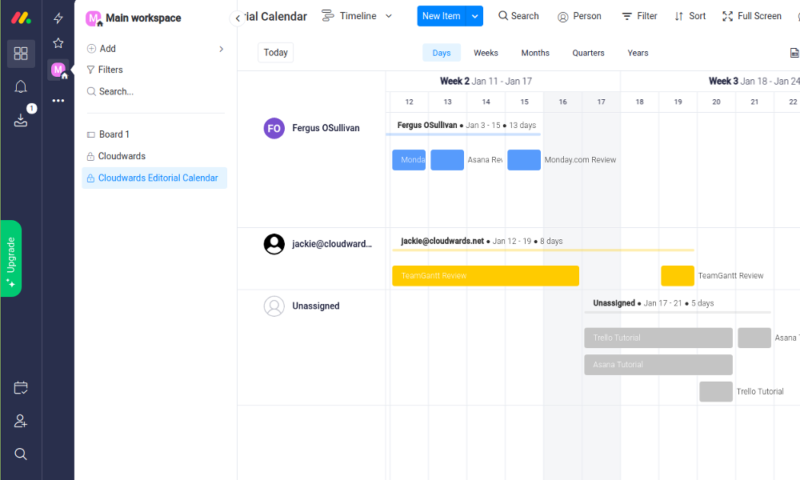Project managers are often asked to find the best project management software for portfolio management. However, the term “portfolio management” is vague and can often apply to different sectors and fields. If you’re a project manager and want to learn more about portfolios, this guide will answer the question: What is portfolio management?
Before we discuss what you should know about portfolio management and a portfolio manager’s responsibilities, let’s do some quick housekeeping. Portfolio managers also exist in the financial world. They’re tasked with implementing investment strategies, and taking care of mutual funds and investment portfolios. In this guide, we’re referring to a different type of portfolio manager.
We’ll focus on the project manager who handles multiple projects within a company, both short-term and long-term. In this case, project managers are commonly referred to as project portfolio managers. They are responsible for the project management processes throughout the whole company, rather than for one specific project. Now, let’s dive into portfolio management.
What Is Portfolio Management in Project Management?
Project portfolio management is sometimes referred to as PPM. For the purpose of this guide, we will use its full name, but it’s useful to know in case you see the acronym elsewhere. Let’s dig a little deeper into project portfolio management as the responsibilities go beyond typical project management.
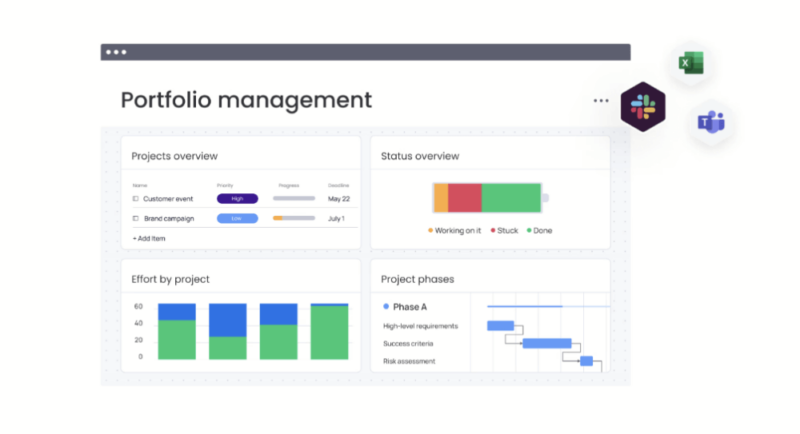
Portfolio managers don’t necessarily take care of managing tasks and monitoring the productivity of team members. Instead, they implement company-wide strategies that will be used for all of the projects within an organization. Strategies cover different areas too, including financials, resources and work management.
When creating a project portfolio management process, portfolio managers will decide which key performance indicators (KPIs) are important to the company. They will also determine the best way to measure KPIs and assist in choosing the best portfolio management software.
More on Portfolio Management in Project Management
Now that you have an overview of portfolio management within project management, allow us to expand on the details a little further.
When it comes to managing a portfolio’s financial elements, the portfolio manager will allocate funds to different projects — also known as asset allocation. They often work with a financial officer to decide what to spend on resources and which materials they need. By monitoring progress throughout, they’ll also readjust budgets across different projects within the portfolio.
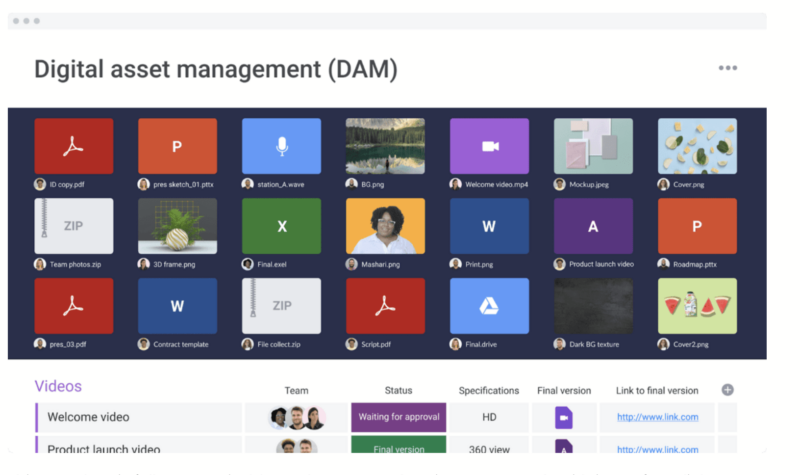
On the topic of resources, a portfolio manager may also be responsible for a company’s hiring strategy. This involves analyzing what types of employees are required for the different projects within a portfolio and determining how they will fit into the company’s organizational structure.
When managing a portfolio, the manager will also take care of project documents, company values and other work-related content that others need to access. This management includes authorizing specific users to access in-house documents and materials that pertain to the applicable projects.
What Is the Process of Portfolio Management?
Project portfolio management has a defined set of processes. These include what areas a portfolio manager will work on and how they will approach them. We will break down the different elements that make up the overall process of portfolio management.
Importance of Portfolio Management
Much of project portfolio management may seem like common sense, and perhaps even an easy feat. This may lead you to question why it’s important to have a defined strategy in place. Below, we will highlight why project portfolio management is important and outline the benefits of managing your project management portfolio effectively.
Best Practices in Portfolio Management
Now that you understand the importance of project portfolio management, we’ll cover how to bring it all together. This includes highlighting some best practices to ensure your project portfolio management runs smoothly and efficiently.
Create In-House Documents
Documentation is essential when managing your portfolio. With today’s project management software, you can create document management systems — often by integrating the best cloud storage services — allowing your team to access them remotely. Shared access to company practices and training resources also helps keep everything on track.
Analyze and Prioritize
Naturally, certain projects will be more complex than others. Some will require more time and resources. During planning, it’s best to assess what’s realistic in terms of capabilities and then make a defined list of priorities. You can do this at the project level, and for tasks and budgets. It’s best to stick to your list as best you can, but be adaptable should things go a different way.
Create a Project Quality Plan
It’s a good idea to create a project quality plan, as this can serve as the foundation for not only one project, but for all the projects within your portfolio. You can create this before you begin your project, and it should include risk assessments, work quality standards and deadline management.
Challenges in Portfolio Management
Let’s take a look at some of the challenges that come with project portfolio management, and ways you can manage and overcome them.
Keeping Everyone on the Same Page
Having a portfolio of projects means working with a wide range of people. Internal colleagues, external clients, contractors and others will all have their own temperaments and ideas. It can be difficult to please everyone and keep them on the same page, which may lead to roadblocks and conflict.
It’s critical to have a portfolio manager with exceptional communication skills who can avoid anti-patterns, and resolve conflict quickly and smoothly. Project managers with vast experience will be best at this, as will product owners if you’re working in product and software development.
Scalability
Growing a portfolio is a great aim, but it’s not easy. Having the time and resources to grow at your desired pace isn’t always possible. This may lead to a stagnation in growth, or growing your portfolio too quickly while lacking the human power (and finances) to back it up. Slow and steady tends to win the race in this regard, rather than trying to run before you can walk.
Increased Risks
The more you have to manage, the more you have to lose. Taking on additional projects leads to greater risks, which can easily turn into more issues and challenges. Here it’s important to have a portfolio manager who’s well-versed in risk assessment and management so that they can identify potential issues within the portfolio early.
Do You Need a Portfolio Management Tool?
In today’s world, a portfolio management tool is essential. Thankfully, there are many options available in the realm of portfolio management software, and we’ve had the opportunity to test almost all of them.
The best software allows you to create and manage multiple projects all in one place, letting you add other users and access professional documents remotely. Using the best tools enables you to create professional hubs and clearly outline your strategic objectives. You can also manage finances, implement risk management and generate tailored reports to monitor your KPIs.
If you’re looking for software to manage your project portfolios, we have some recommendations. Our favorite tool is monday.com as its design makes it easier to juggle multiple projects — you can learn more in our monday.com review. We also suggest reading our ClickUp review, which has useful tools for resource and document management.
Key Features of a Project Portfolio Management Software
To help you find the best software for centralized management, we’ll highlight some of the key features you should look for when considering a software platform. Both monday.com and ClickUp have all the features we cover below.
Which Industries Benefit From PPM?
A range of industries can benefit from project portfolio management, especially those with more complex workloads and diverse portfolios. We will list some of the industries that are most likely to benefit from PPM below.
- IT
- Investment banks
- Government
- Healthcare industries
- Software developers
- Construction businesses
- Creative agencies
Final Thoughts
That brings this guide to a close. You should now have a clearer view of project portfolio management and the manager’s role. You can bookmark this page and use it as a reference if you need to refresh your knowledge. Also, be sure to check out the reviews of the software mentioned in the article — all of them will support you in managing your portfolio.
Remember, monday.com and ClickUp are our top two recommendations. They’re both very similar, so if you’re not sure which to choose, check out our ClickUp vs monday.com comparison guide.
Did you find this article helpful? What is your favorite software for project portfolio management? Is there another project management explainer you would like us to cover? Let us know in the comments. Thanks for reading.
FAQ: Portfolio Management System
-
Portfolio management is the management of multiple projects and the development of a company strategy that will apply to each of these projects.
-
Portfolio management within project management involves developing different strategies to manage multiple projects. In the finance world, popular types include passive portfolio management and active portfolio management.
-
Portfolio management is important because it’s extremely difficult to manage and execute the completion of multiple projects without it. Good portfolio management makes it easier to implement business objectives, provides guidance to other team members and helps you complete your projects.
-
The three key elements of portfolio management are planning, execution and reflection.
{“@context”:”https:\/\/schema.org”,”@type”:”FAQPage”,”mainEntity”:[{“@type”:”Question”,”name”:”What Is Portfolio Management in Simple Words?”,”acceptedAnswer”:{“@type”:”Answer”,”text”:”
Portfolio management is the management of multiple projects and the development of a company strategy that will apply to each of these projects.\n”}},{“@type”:”Question”,”name”:”What Are the Different Types of Portfolio Management?”,”acceptedAnswer”:{“@type”:”Answer”,”text”:”
Portfolio management within project management involves developing different strategies to manage multiple projects. In the finance world, popular types include passive portfolio management and active portfolio management.\n”}},{“@type”:”Question”,”name”:”Why Is Portfolio Management Important?”,”acceptedAnswer”:{“@type”:”Answer”,”text”:”
Portfolio management is important because it\u2019s extremely difficult to manage and execute the completion of multiple projects without it. Good portfolio management makes it easier to implement business objectives, provides guidance to other team members and helps you complete your projects.\n”}},{“@type”:”Question”,”name”:”What Are the 3 Key Elements of Portfolio Management?”,”acceptedAnswer”:{“@type”:”Answer”,”text”:”
The three key elements of portfolio management are planning, execution and reflection.\n”}}]}
The post What Is Portfolio Management? The Role of a Portfolio in Project Management in 2024 appeared first on Cloudwards.

